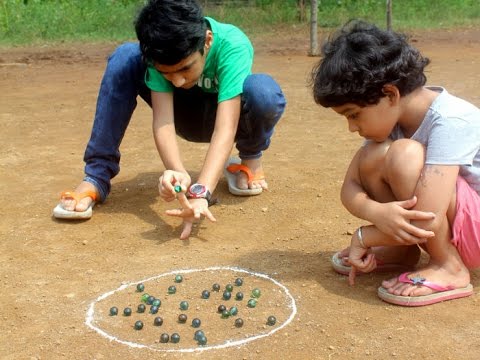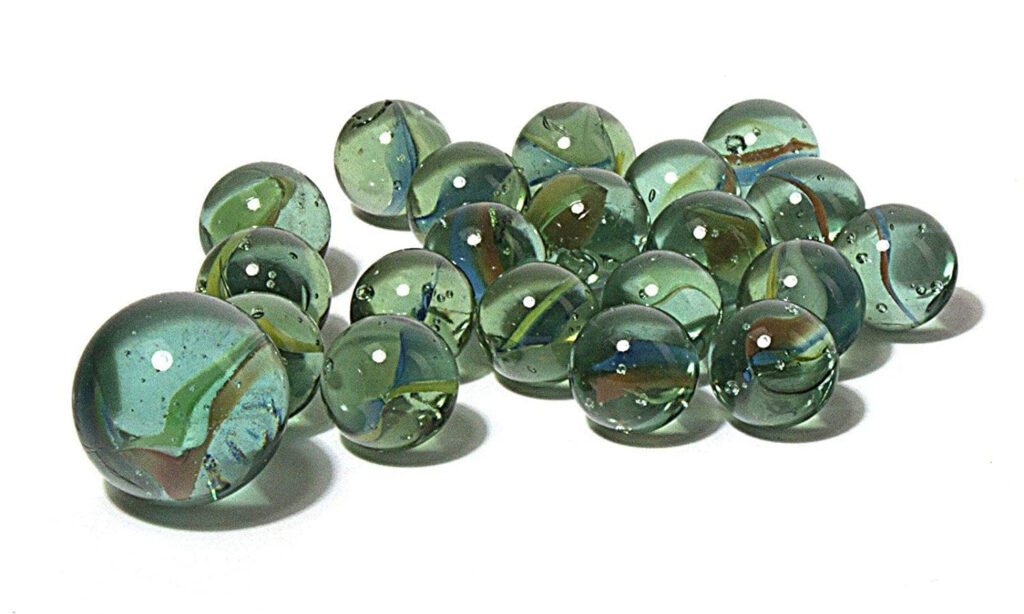Kancha
Kancha, also recognized as Marbles, holds a distinctive position in the cultural and recreational heritage of Rajasthan, offering a nostalgic glimpse into traditional play that resonates with older generations. Originating in the Harappan Era, Kancha initially employed glass marbles, and its evolution is intricately woven into the fabric of changing times.

Image Source : Hmsanet.com
In Rabindranath Tagore’s story “Samapti,” an exploration of societal beliefs surrounding Kancha unfolds. This timeless game, played by children across diverse cultures for centuries, boasts deep historical roots, as supported by archaeological findings showcasing variations of marbles in ancient civilizations.
Kancha involves using a shooter marble to displace others within a designated playing area, challenging players with tests of hand-eye coordination and strategic thinking while fostering social interaction. Despite universal elements, regional nuances in rules and variations highlight the game’s adaptability across diverse cultures, with marbles crafted from materials like glass, clay, or others, imbuing it with local nuances.
The game boasts various versions, ranging from simple to intricate, showcasing its versatility. Whether targeting a marble from a distance in a traditional circle or adopting a miniature golf-style approach to send a marble into a distant hole, Kancha offers a spectrum of play experiences.

Image Courtesy: Google
The widespread popularity of Kancha can be attributed to its simplicity, affordability, and minimal equipment requirements. It has become a cultural cornerstone in the recreational pursuits of children worldwide, underscoring its enduring charm and its ability to unite communities through a shared heritage of play.

Marbles and other toys found at Mohenjodaro
Image Courtesy: Jewel Arts India
